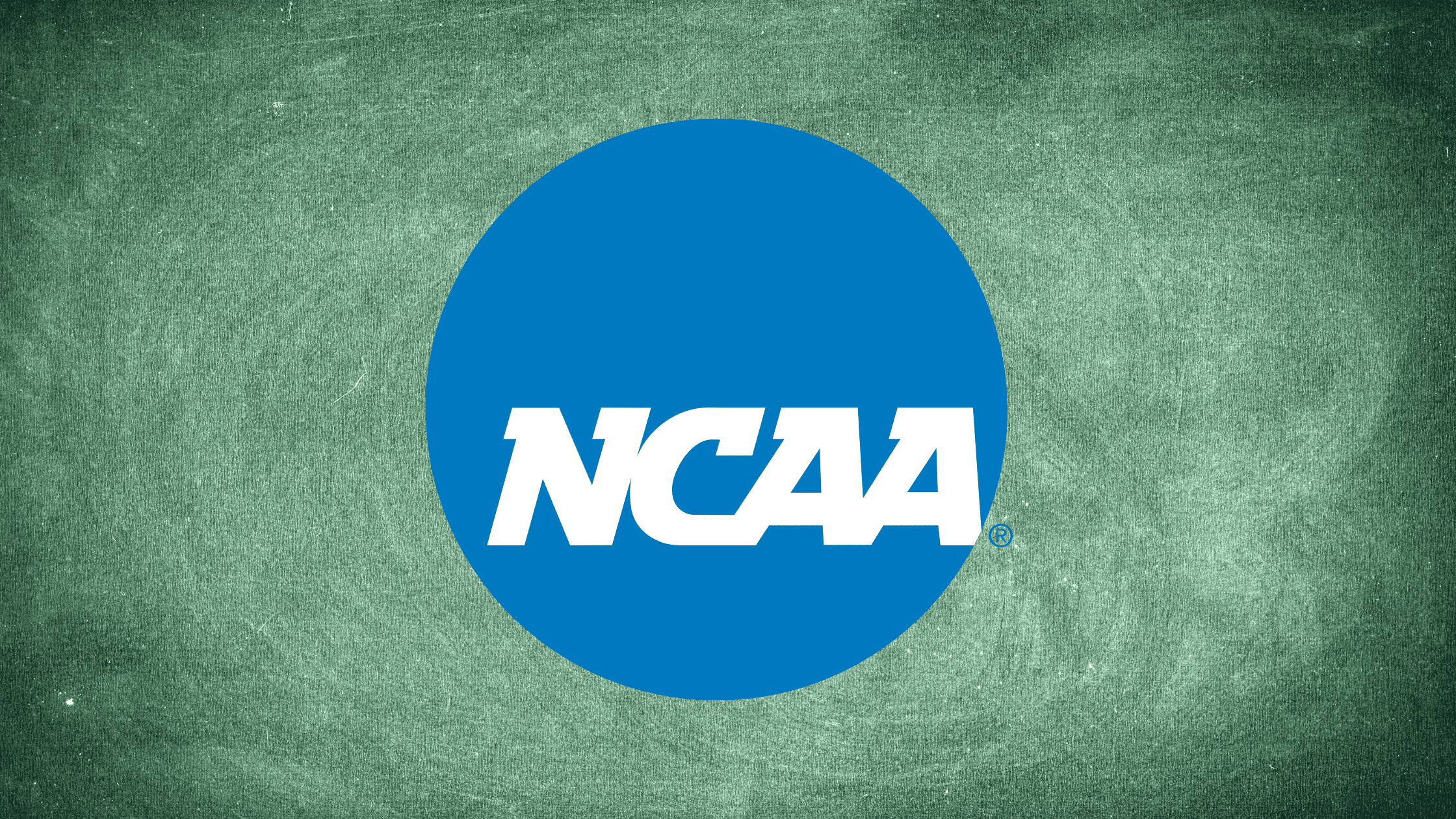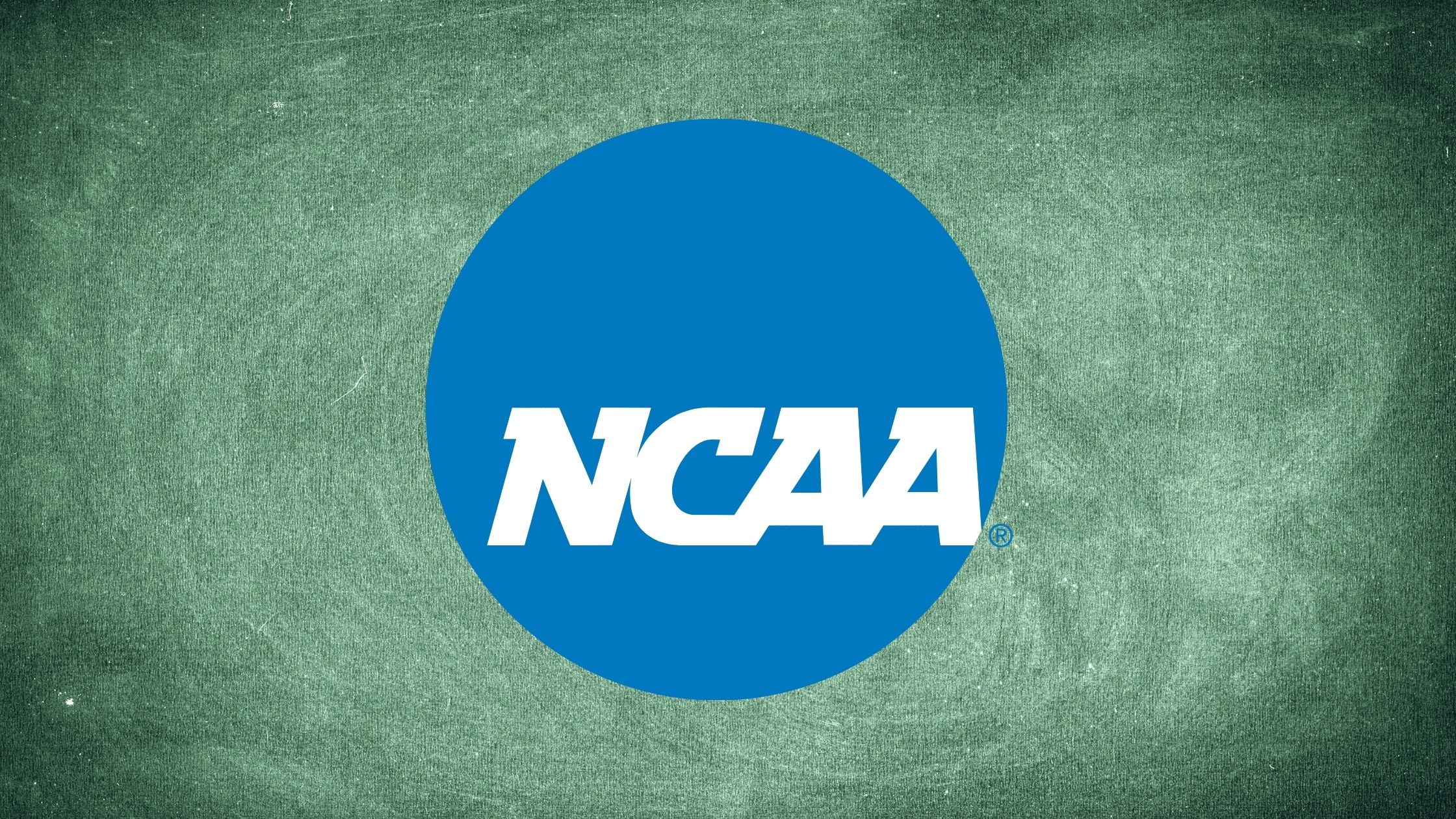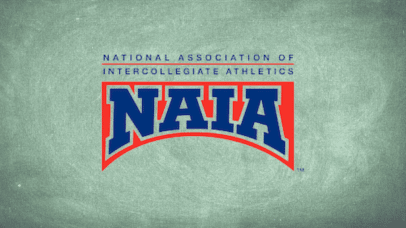Helping Students Navigate the Path to College – California A-G, NCAA, and NAIA Requirements Explained
Updated on Dec 13, 2023

In your role as a High School Counselor, supporting students who are considering their post-secondary options in California can be a challenging undertaking. Navigating the different academic requirements, spanning from high school graduation to California A-G, NCAA, or NAIA, can be tricky. The following guide is designed to explain these three distinct high school academic pathways.
What are the California A-G Requirements?
To be eligible to enter a four-year public college in the California State University (CSU) or University of California (UC) systems, incoming freshmen must meet a series of high school course requirements called A through G (A-G). The California A-G course requirements include:
- Earn a letter grade of C or better in 15 specific mostly yearlong college-prep A-G approved high school courses
- For public and private high school students in California, those 15 A-G courses must be A-G approved by the UC and CSU systems. California students, see here if your high school’s courses are A-G approved or California public high school students check out your free resource at californiacolleges.edu.
- Non-California students, there is no pre-approved course list, but you must still meet the 15 A-G requirements based on the UC guidelines for A-G courses.
- At least 11 of those 15 yearlong courses must be completed prior to the last year of high school.
- The 15 A-G courses must be completed in specific subject areas:
- A = 2 Years History (World History/Geography and US History)
- B = 4 Years College Prep English (No more than 1 year of ESL/ELL may be used)
- C = 3 Years of Math
- D = 2 Years of College-Prep Natural Science
- E = 2 Years Foreign Language (of the SAME language and not English)
- F = 1 Year in Visual and Performing Arts – year long or two semesters in the same discipline
- G = 1 Year or 2 semesters college prep elective (any courses in the A-F subjects not already counting towards the 14 units of A-F requirements.
- Earn a 3.0 (in-state) or a 3.4 (out-of-state) in the 15 A-G approved courses where a C or better is earned
NOTE: For California A-G, students may meet requirements with college coursework or earn the minimum scores on specific placement tests.
Are High School Graduation Requirements and A-G Requirements the Same?
Though similar in some respects, A-G requirements serve a different purpose than high school graduation requirements. They are chosen by CSU and UC schools based on which classes they want students to have completed to earn admission. Many high schools across the country have different graduation requirements from the A-G prerequisites. That means your students may be passing all their classes and be on track for high school graduation, but turn out to be inadmissible to CSU or UC schools.
Honest Game Insight: Students’ A-G requirements can derail late in their high school career and are often unable to remedy the deficits before high school graduation. It’s crucial for students considering UC and CSU schools to ensure they are taking and passing the requisite A-G courses from the moment they get their first-class schedule as a freshman, through high school graduation.
Are California A-G Requirements the Same as NCAA Academic Requirements?
No, California A-G requirements differ from NCAA academic requirements. Students can meet high school graduation requirements, and California A-G requirements and still not meet NCAA Full-Qualifier requirements.
Similarities between the A-G and NCAA requirements include:
- California A-G requires a specific list of A-G approved courses at each California high school
- Difference: Out-of-state students must meet the general requirements of A-G, but there are no out-of-state high school-specific course lists
- Similarity/Difference: Honors designations must be approved in the specific A-G course list to earn honors credit (AP and IB courses are automatically approved for the credit bump)
- NCAA requires a specific list of NCAA-approved courses at every high school in the US
- Difference: International students must meet the general requirements to meet full-qualifier status, but there are no international high school-specific course lists
- Similarity/Difference: Honors and AP designations must be approved in the high school’s specific NCAA course list to earn honors and AP credit (neither is automatically approved for the credit bump unless explicitly identified)
Differences between the A-G and NCAA requirements include:
- A-G courses and NCAA-approved courses are approved by different governing bodies, have differing subject area requirements, are approved based on different criteria, and are housed in different databases
- A-G requires 15 units, while NCAA requires 16 units for both Division I (DI) and Division II (DII)
- A-G will accept credit from various exams, while the NCAA does not accept exam credit
- A-G accepts college courses taken between 9th-12th grades (except Math and foreign language can be taken in middle school), while the NCAA accepts dual enrollment courses only if they appear on a high school transcript and will accept .5 units of college credit taken after high school graduation
- NCAA course units are counted on a four-year clock starting with the start of 9th grade, A-G course units are counted from 9th through 12th grades.
- A-G requires 11 completed units in any subject areas with a C or higher prior to the last year of high school, while NCAA DI requires 10 completed units receiving a passing grade before the start of the 7th semester in specific subject areas
- A-G subject areas include Visual and Performing Arts as a required subject area while NCAA does not approve courses in the Visual and Performing Arts department
- A-G courses mostly must be yearlong courses, while NCAA counts by the NCAA-approved course credits completed on the high school transcript
- A-G course credits are not accepted if a grade below a C is earned, while NCAA will accept course credits when a passing grade is earned, including a P, which is counted as the lowest possible passing grade (D)
- A-G automatically awards 1 point for each AP, IB or A-G specifically approved Honors courses, while NCAA will award Honors/AP/IB weight based on each high school’s grade scale
- A-G does not award honors weight for out-of-state honors courses, only out-of-state AP and IB courses
In order to meet NCAA DI requirements, student-athletes must meet an NCAA Core GPA of 2.3 or higher and are required to complete 16 NCAA-approved Core Courses at their high school. There are a specific number of English, Math, Natural/Physical Science, and Social Science course units that every student-athlete must complete, and each high school has its own distinct list of NCAA-approved Core Courses.
Note: students must complete 10 of those NCAA-approved Core Courses before the start of their senior year (7th semester) of high school. Seven of the ten NCAA-approved Core Courses completed by the start of senior year must be in English, Math or Natural/Physical Science. The grades in these seven courses will be “locked in,” meaning the credit and the grade earned can not be replaced by another course taken after the start of senior year.
Honest Insight: While there are slightly different academic eligibility requirements for NCAA DI and DII, in 98% of the cases, if students are eligible at the DI level, they will also be eligible at the DII level. It is best for students to schedule courses that meet DI requirements, as this will safeguard them academically for both NCAA DI and DII.
Honest Insight: Plan your academic journey strategically to have the opportunity to access the $3.6B in scholarships NCAA DI and DII award every year.
Are NCAA Academic Eligibility Requirements Same as NAIA Requirements?
Initial eligibility rules for NAIA institutions are significantly different from the NCAA eligibility rules. NAIA requirements do not require NAIA-approved coursework. Furthermore, the NAIA does not calculate a special GPA based on that coursework. Instead, NAIA qualifiers are deemed qualifiers if they meet a minimum school-calculated GPA (4.0 scale):
- 2.3 GPA for recent high school graduates
- 2.8 GPA for students who have completed their 7th semester (compared to a 2.5 in previous rules)
- 3.3 GPA for students who have completed their junior year (compared to a 3.0 in previous rules)
Students who do not meet the 2.3 minimum school GPA requirement upon graduation may still become eligible to compete at an NAIA school by meeting 2 of the following 3 criteria:
- Achieve a minimum overall high school GPA of 2.0 (on a 4.0 scale)
- Graduate in the top half (50%) of their high school class (if class rank is calculated)
- Score a minimum test score of 18 on the ACT or 970 on the SAT (Evidence-Based Reading and Writing and Math)
Honest Insight: If a student does not meet the initial 2.3 GPA requirements upon graduation and the high school issuing a student’s final transcript does not calculate class rank, a student must meet both the GPA and test score requirement.

In 1987, Kim was the first female student-athlete in California to play on male varsity athletic teams, basketball and baseball. She has mentored hundreds of student-athletes through the college recruiting and eligibility process to help them attain their dream of playing collegiate sports. During her tenure as the Executive Director of Beyond Sports Foundation, 89% of their students matriculated to four-year universities on athletic scholarships. Interested in working with Honest Game? Contact us.



